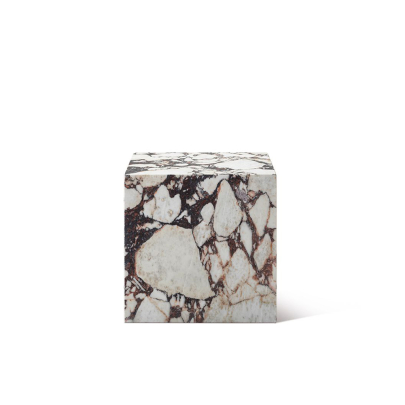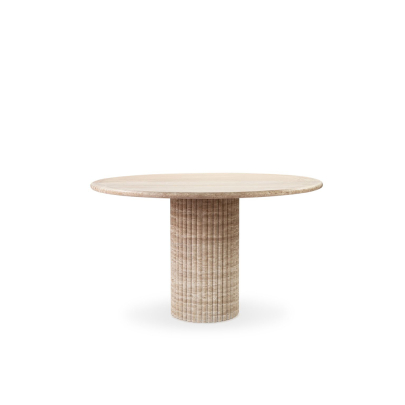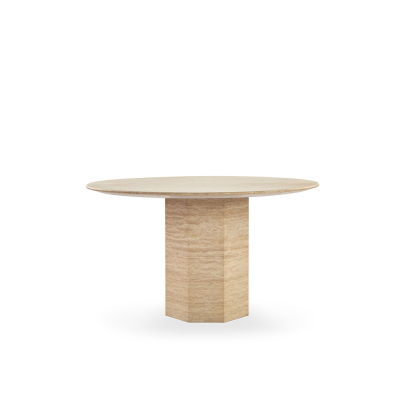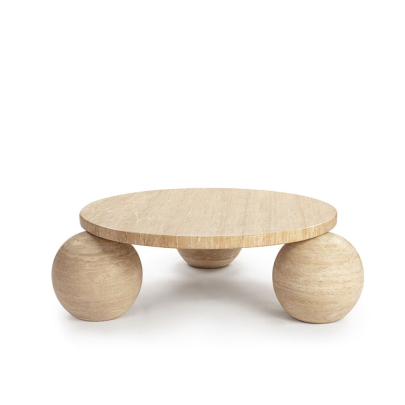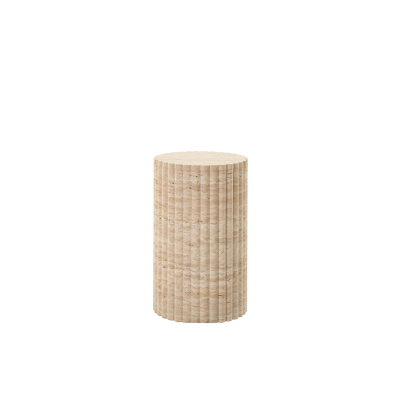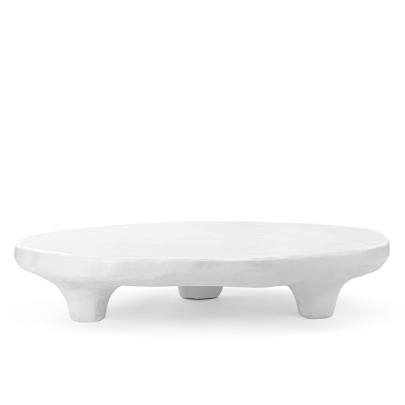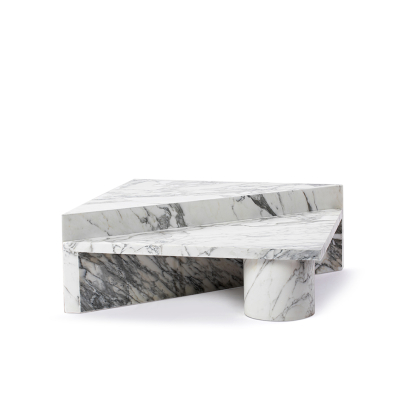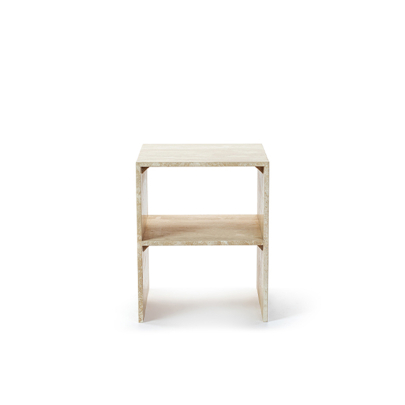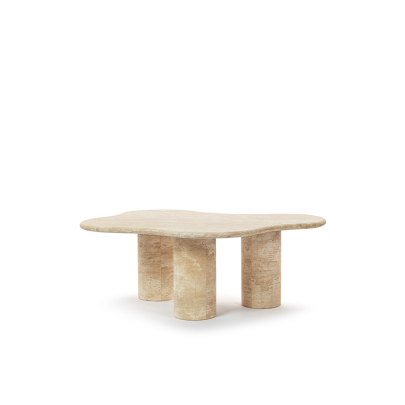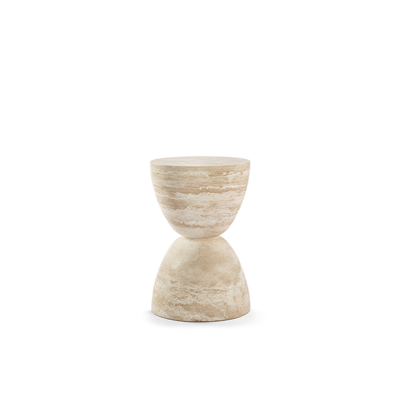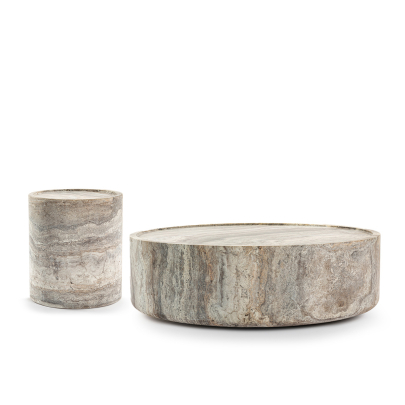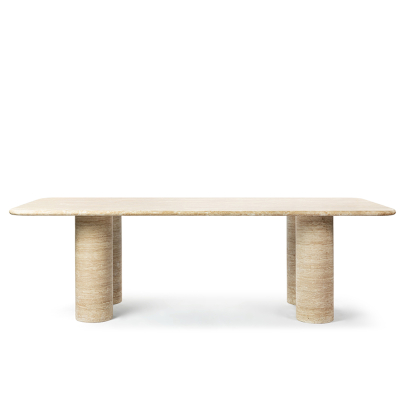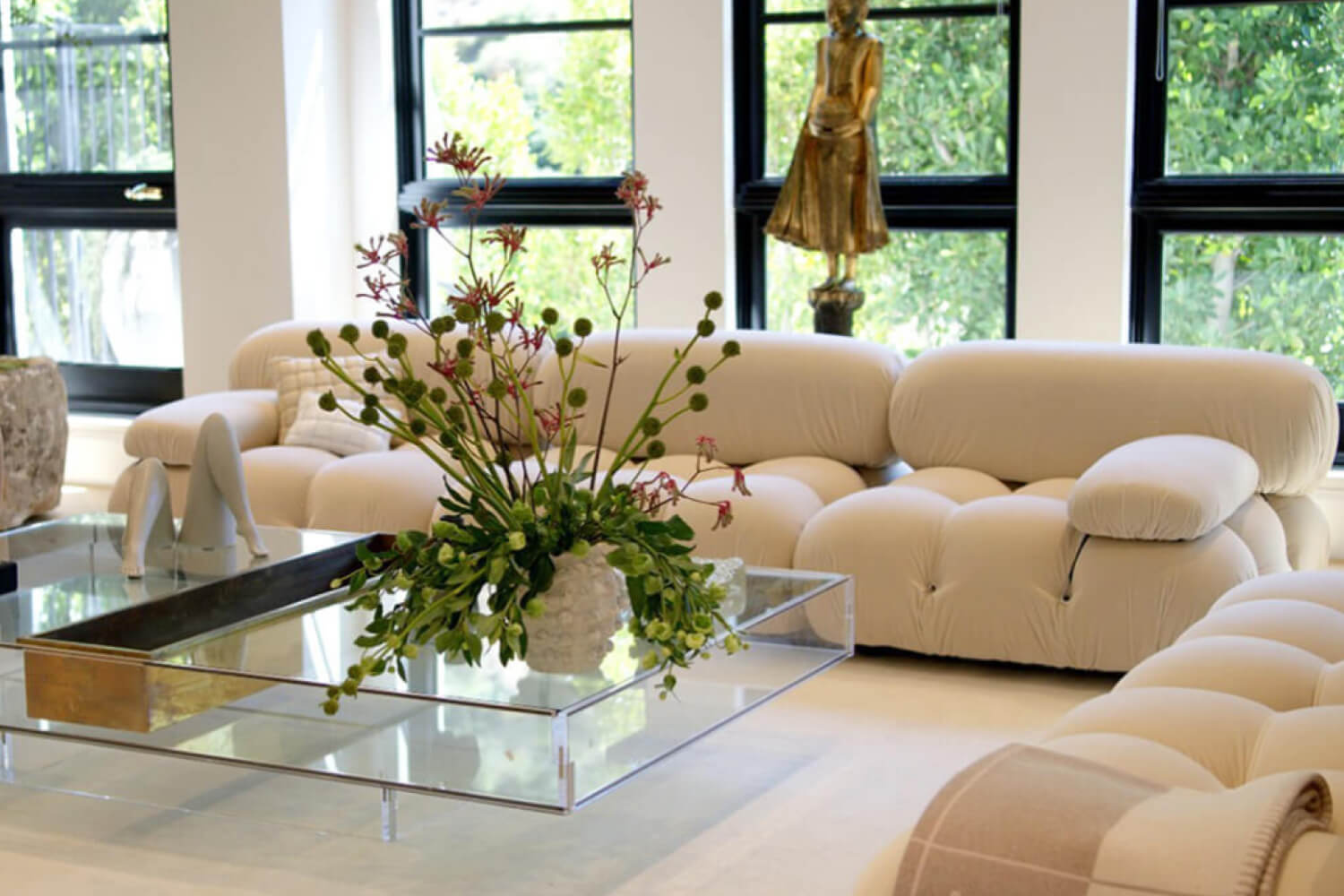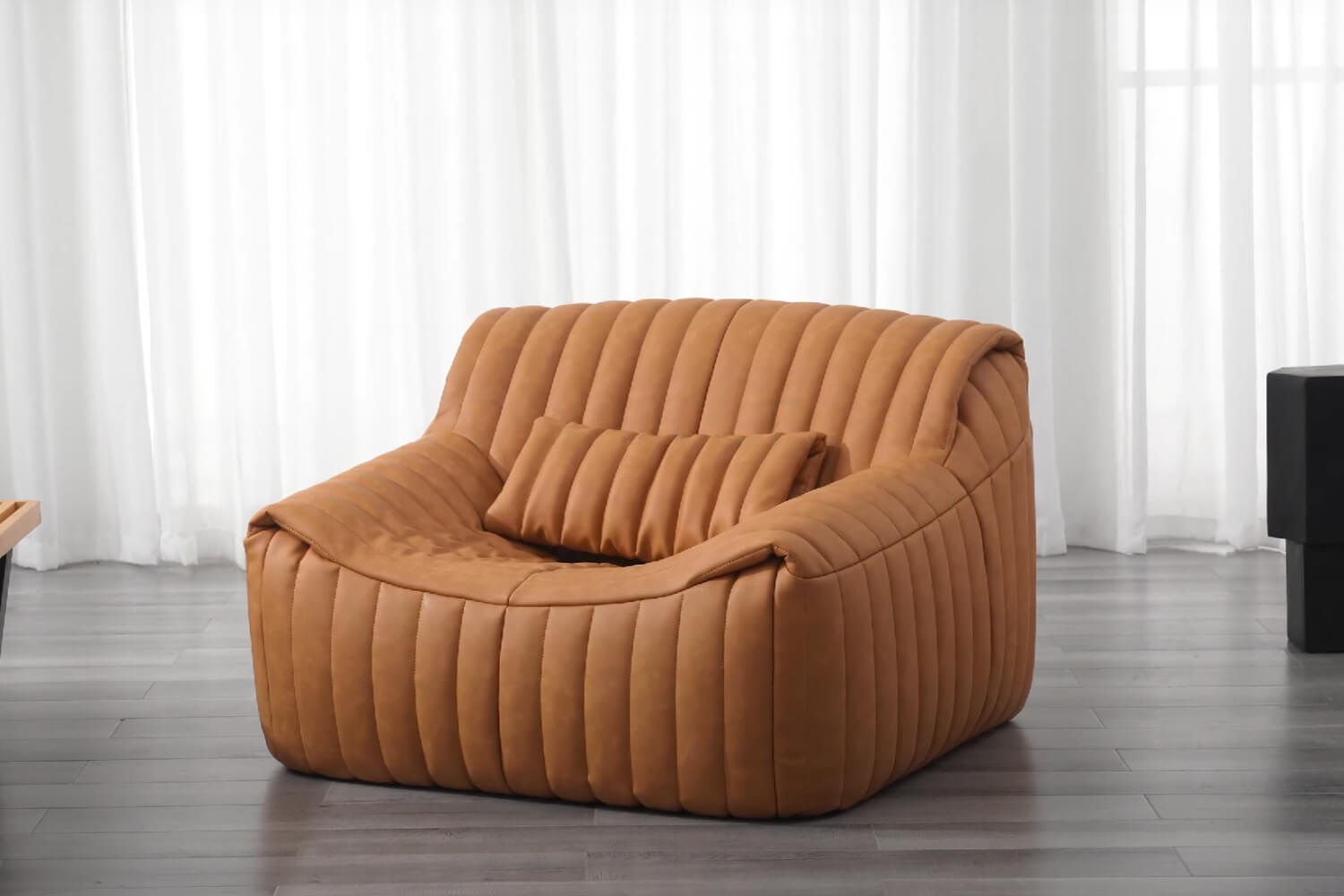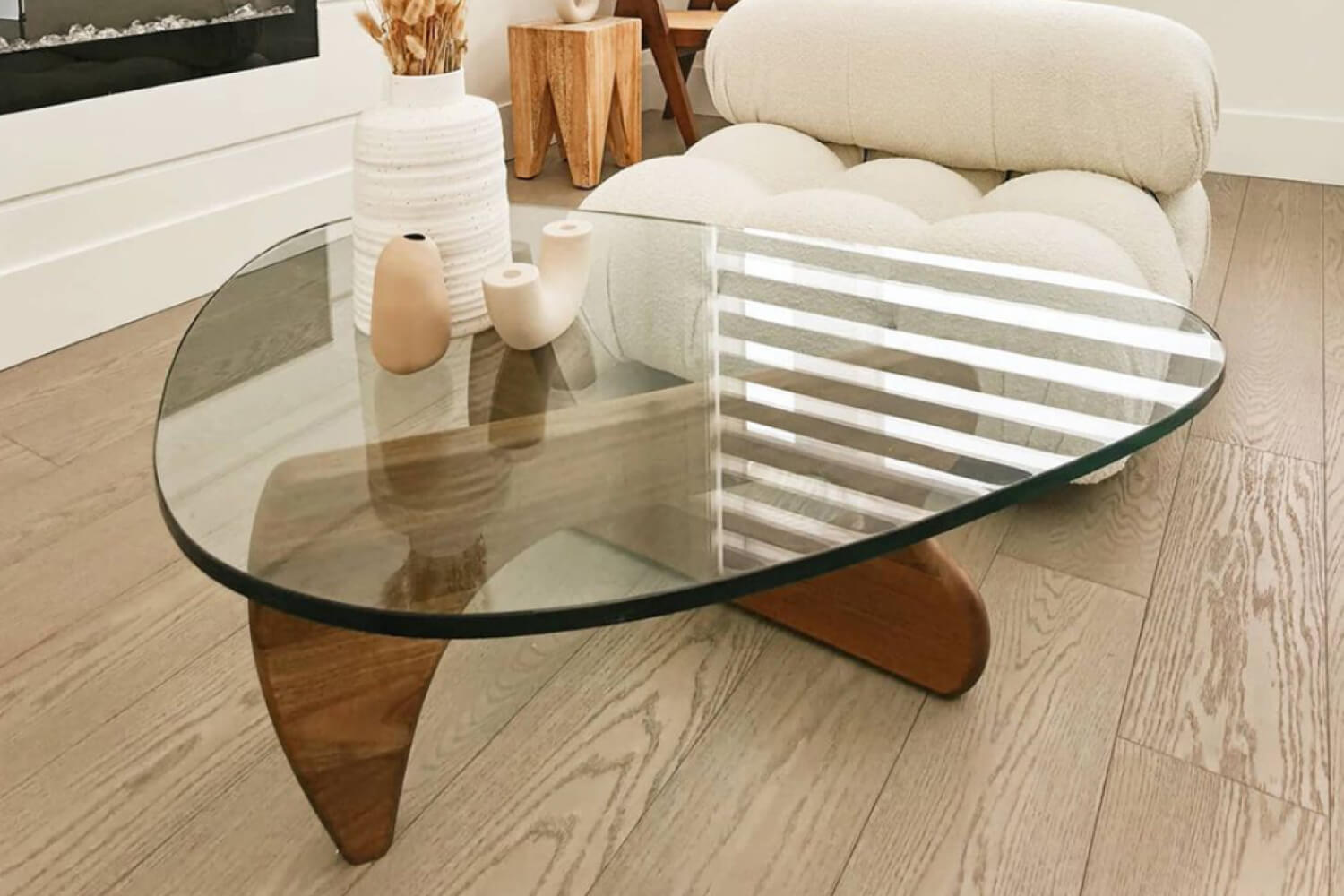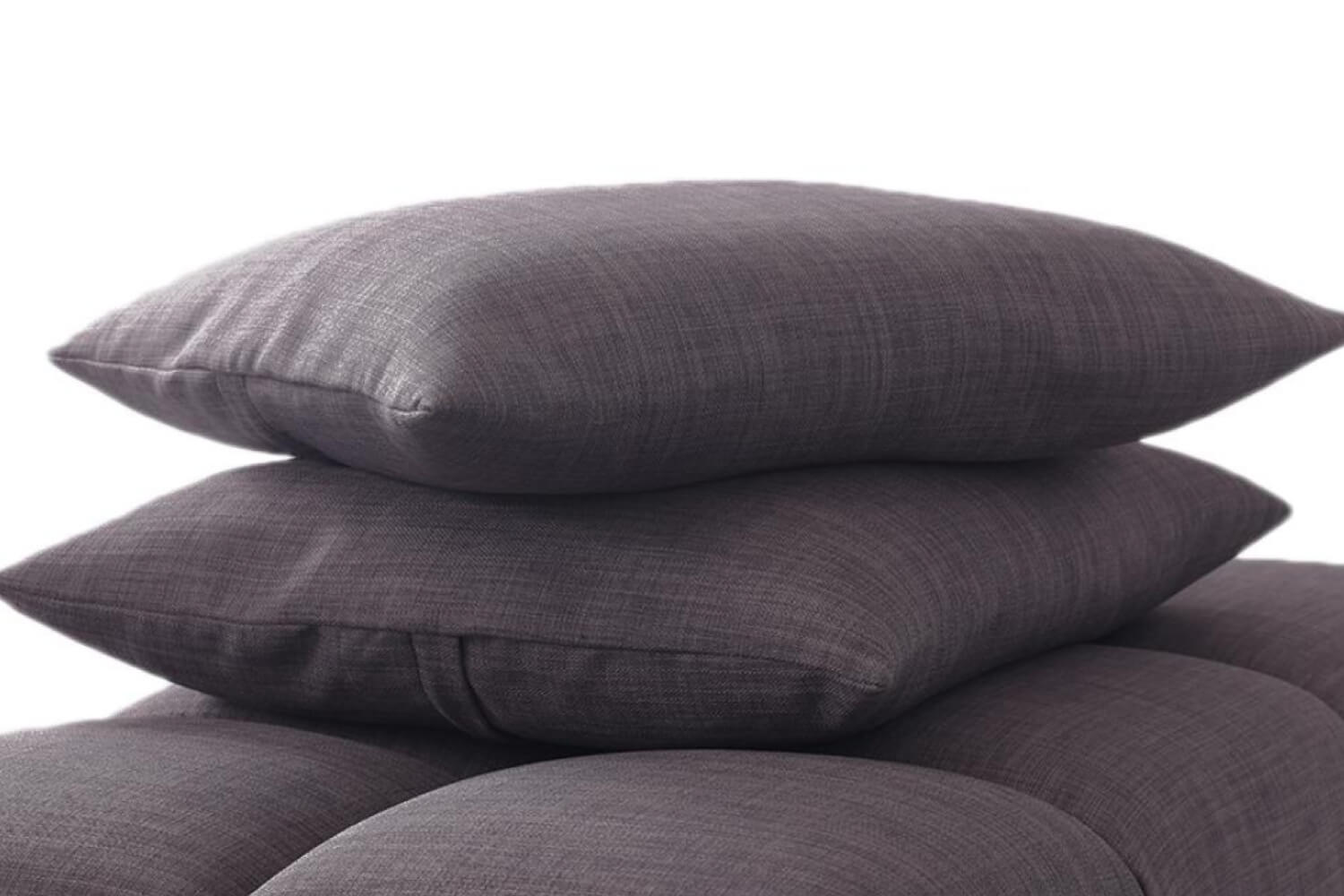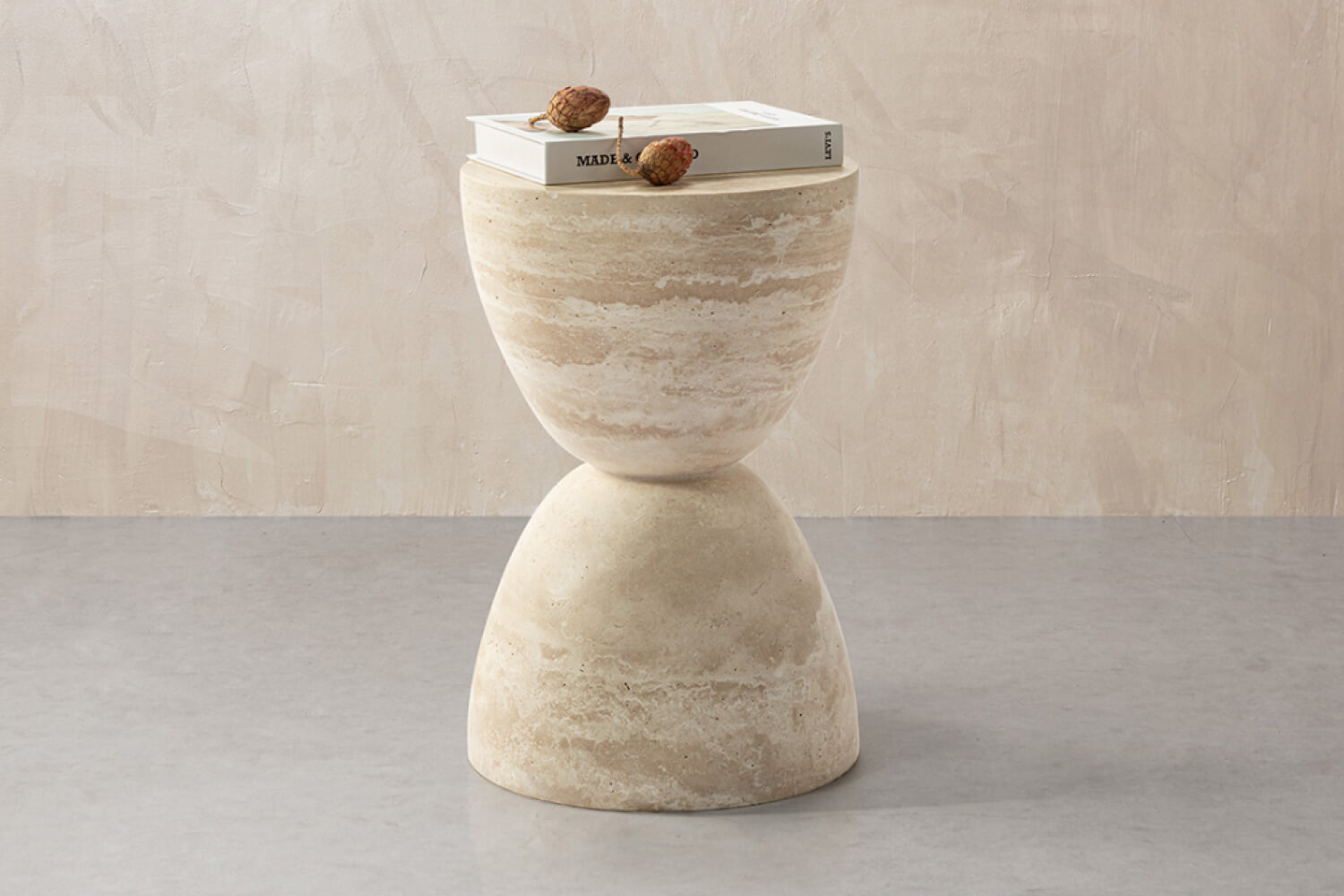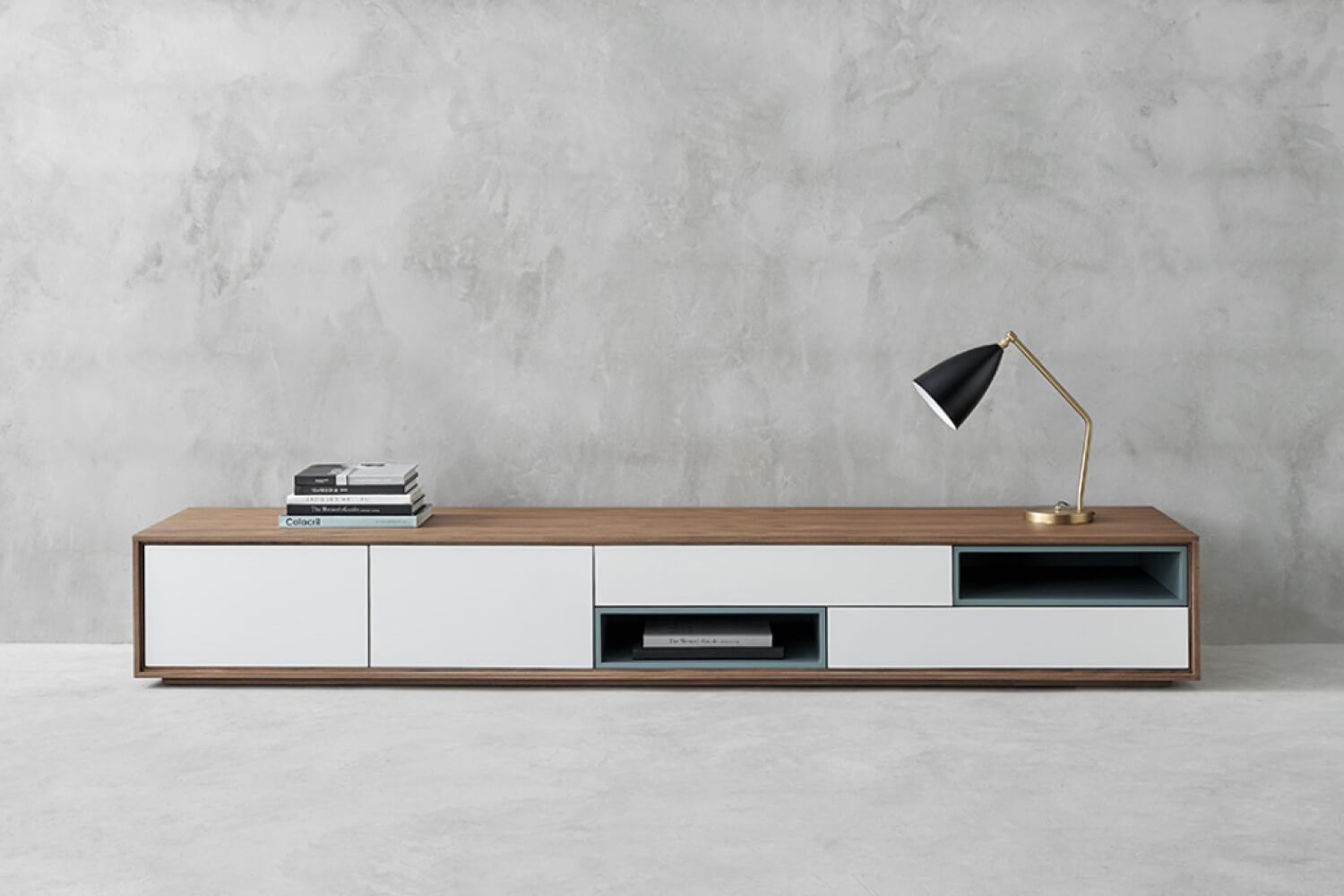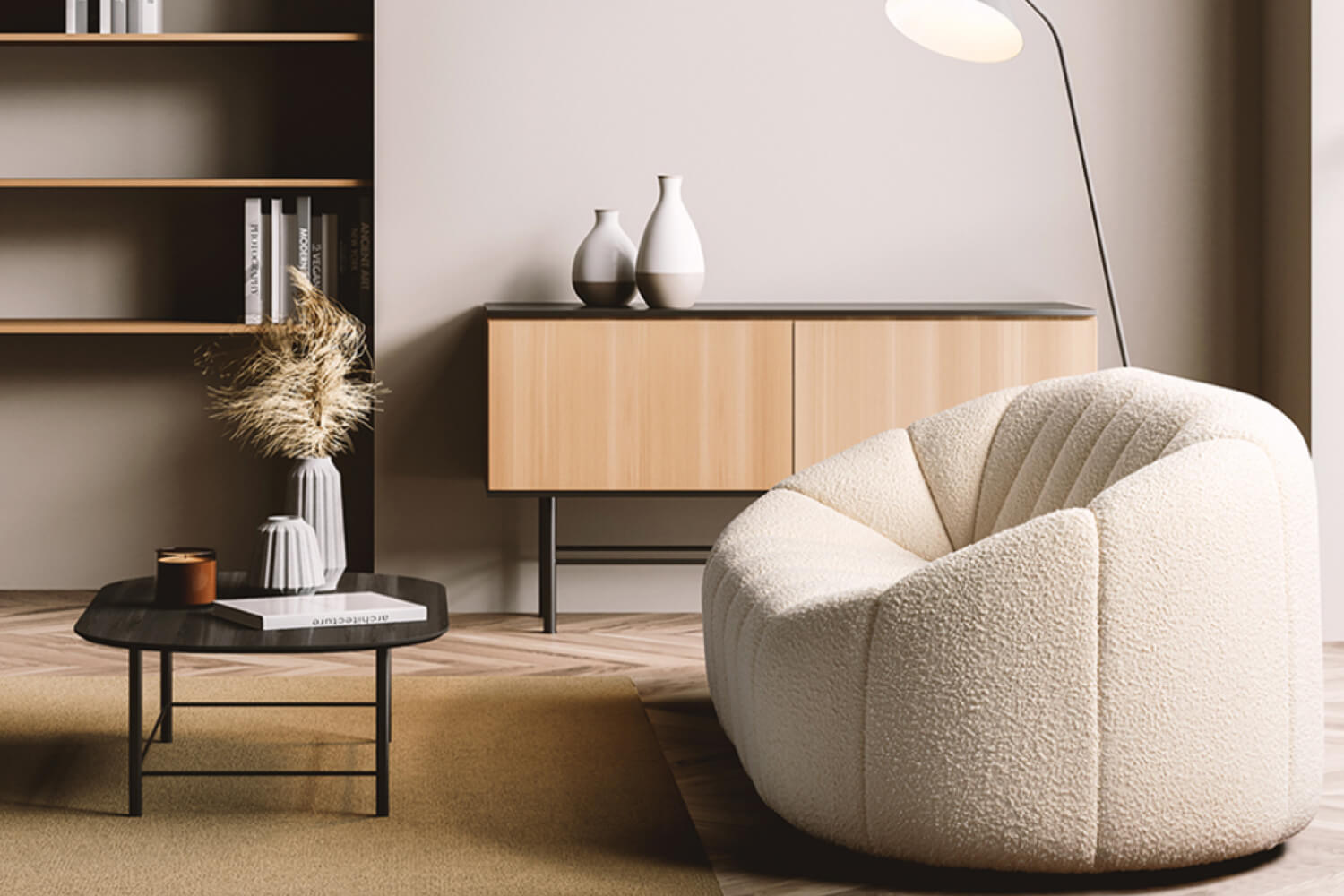
In an era where design trends come and go, the enduring appeal of mid-century modern design stands out. Originating in the mid-20th century, this style is celebrated for its clean lines, functional beauty, and timeless charm.
Today, integrating mid-century modern elements into contemporary living spaces offers a unique opportunity to blend the past with the present.
This blog delves into creating a living room that harmonizes the iconic mid-century aesthetics with modern-day sensibilities, providing readers with ideas to blend classic furniture with current trends, balancing color palettes, textures, and technology.
The Essence of Mid-Century Modern Design
Historical Context and Key Features
The mid-century modern movement, flourishing from the 1930s to the 1960s, was more than just a design style; it was a new way of thinking about how spaces function and how people interact with them.
This era marked a significant shift towards simplicity and functionality in architecture and interior design, influenced by the post-war world's needs and aspirations.
Core Principles of Mid-Century Design
- Simplicity and Clean Lines: This style is defined by its clean, sleek lines and uncluttered look, a stark contrast to the ornate designs that preceded it. The focus was on creating spaces that were easy to use and live in, without unnecessary decorations.
- Organic Shapes and Forms: Designers during this era were inspired by nature and its organic forms. This is evident in the flowing lines and curves seen in mid-century furniture and architectural details.
- Minimal Ornamentation: Mid-century modern design is characterized by a lack of heavy ornamentation. The beauty of each piece comes from its form and function rather than elaborate decorations.
- Integration with Nature: Large windows, open floor plans, and the use of natural materials like wood and stone helped to bring the outdoors inside, creating a seamless connection between the two.
The Role of Technology and Materials
Advancements in Technology: The post-war era saw advancements in technology and materials, which played a crucial role in mid-century design. New materials like plastic, plywood, and aluminum allowed for more flexibility in the design and mass production of furniture.
Functionality and Durability: With the focus on functionality, furniture and decor items were designed to be durable and practical, suitable for everyday use.
Creating a Mid-Century Modern Living Room in Today's Context
Choosing Iconic Furniture
Statement Pieces That Tell a Story
In the realm of mid-century modern design, furniture is not just a utility but a piece of art. Selecting iconic pieces like the Eames lounge chair or the EM coffee table goes beyond aesthetics; these pieces carry a rich history that adds depth to your living space.
They act as conversation starters, embodying the era's innovation and design philosophy. Their timeless design ensures they fit seamlessly into contemporary interiors, bridging the gap between past and present.
Merging Functionality with Style
Mid-century furniture is renowned for its blend of form and function. When selecting pieces, look for those that offer both aesthetic appeal and practicality.
The ergonomic design of mid-century furniture, known for its comfort and usability, is particularly important in a living room setting where relaxation and hospitality are key. Look for sleek low profile sofas, chairs with gentle curves, and tables with simple yet sturdy designs that echo the era's craftsmanship and attention to detail.
Color Schemes for the Modern Era
Neutral Bases with Pops of Color
Creating a contemporary mid-century modern living room often starts with a neutral color palette. Walls, floors, and large furniture pieces in shades of white, beige, or gray provide a canvas that allows for versatility in decorating.
Against this backdrop, introduce bold, modern colors through accents such as vibrant throw pillows, dynamic rugs, and striking artwork. These pops of color bring life and personality to the space, making it feel current and lively.
Retro Hues Meets Modern Sensibilities
Incorporating earthy tones and pastel hues is a nod to the mid-century palette, infusing warmth and a sense of harmony.
Think olive greens, mustard yellows, and soft blues that reflect the era’s love for nature-inspired hues. These colors blend beautifully with modern interiors, offering a balanced and cohesive look that feels both retro and refreshingly current.
Combining Textures and Materials
Natural Wood Meets Modern Accents
Wood is a hallmark of mid-century design, with its natural, organic appeal playing a central role. Complement this with modern materials like glass for coffee tables, metal for light fixtures, or even plastic in decorative items.
This mix of old and new materials not only pays homage to the era's innovation but also adds a contemporary edge, making the space feel eclectic and thoughtfully curated.
A Symphony of Textures
A well-designed mid-century modern living room should engage the senses, and texture plays a crucial role in this. Combining various textures adds depth and interest.
Think of a soft, woolen rug underfoot, a velvet throw on a leather Eternity Modern sofa, or a mix of linen and cotton cushions.
These textural elements contribute to a rich, layered look that is both visually appealing and inviting.
Layering for Depth and Interest
Layering is key in achieving the perfect mid-century modern look. Consider layering different materials and textures, such as placing a sleek, modern snoppy lamp on a rustic wooden side table, or pairing a plush, mid-century armchair with a minimalist, metal side table.
This approach not only adds depth but also allows for a playful and personalized interpretation of the style.
Finishing Touches: Accessories and Lighting
No mid-century modern living room is complete without the right accessories and lighting. Select lighting fixtures that reflect the geometric shapes and lines typical of the era, such as Sputnik chandeliers or arc floor lamps.
Accessorize with items that have a retro feel but also resonate with contemporary design trends, like sunburst mirrors or abstract sculptures.
Accessorizing with Mid-Century Modern Elements
Artistic Expressions
When it comes to accessorizing a mid-century modern living room, the selection of artwork and decor plays a pivotal role in encapsulating the essence of the era.
Embracing Geometric and Abstract Art
- Geometric Patterns: The mid-century period was known for its fascination with geometric shapes and patterns. Incorporate artwork that features bold geometric forms, be it in wall art, sculptures, or even in textile patterns. This not only adds a visual interest but also anchors the room in the mid-century aesthetic.
- Abstract Art: Abstract art, with its emphasis on expressive colors and forms, complements the clean lines of mid-century modern furniture. Choose pieces that reflect the era's color palette or introduce a modern twist with contemporary abstract works.
- Incorporating Iconic Artistic Movements: The mid-century era was rich with artistic movements, from pop art to minimalism. Select pieces that resonate with these styles to create a living space that feels both retro and cultured.
Mixing Media for a Dynamic Space
- Textural Artwork: Incorporate different media, such as metal wall sculptures or wooden carvings, to add texture to the space. These elements introduce a tactile dimension that enhances the overall sensory experience of the room.
- Functional Art Pieces: Consider items that are both artistic and functional, like a retro-inspired clock or a mid-century styled vase. These pieces serve a dual purpose, adding beauty while being useful in everyday life.
Bringing the Outdoors In
The Role of Indoor Plants
- Natural Vibrancy: Mid-century design is known for its connection with nature. Incorporating indoor plants not only adds color and life to the living room but also reinforces this design principle. Choose plants with architectural forms, like snake plants or rubber trees, to echo the clean lines of mid-century design.
- Planters as Decor Elements: Use planters and stands with mid-century designs — think tapered legs and geometric shapes — to house your plants. These not only elevate the plants but also serve as additional decor pieces.
Creating a Natural Oasis
- Variety and Placement: Mix different types and sizes of plants to create depth and interest. Place larger plants in corners to soften the edges of the room, and use smaller plants on shelves or tables to create layers.
- Functional Greenery: Beyond aesthetics, plants can improve air quality and contribute to a healthier living environment, aligning with the mid-century ethos of functional beauty.
Integrating Natural Elements
- Wood and Stone Accents: Complement your greenery with natural elements such as wood and stone. Wooden bowls or stone sculptures can add a touch of earthiness and texture, enhancing the connection to the outdoors.
- Nature-Inspired Decor: Consider incorporating other nature-inspired elements, such as artwork depicting natural scenes or textiles with botanical patterns, to complete the look.
Conclusion
Designing a mid-century modern living room in the contemporary era is an exciting journey that blends historical elegance with modern comfort and functionality.
By thoughtfully selecting furniture, balancing colors and textures, integrating technology, and accessorizing with purpose, you can create a space that is both reflective of the past and attuned to the present.
Enjoy the process of creating your mid-century modern-inspired living room, a space that is timeless, inviting, and uniquely yours.

